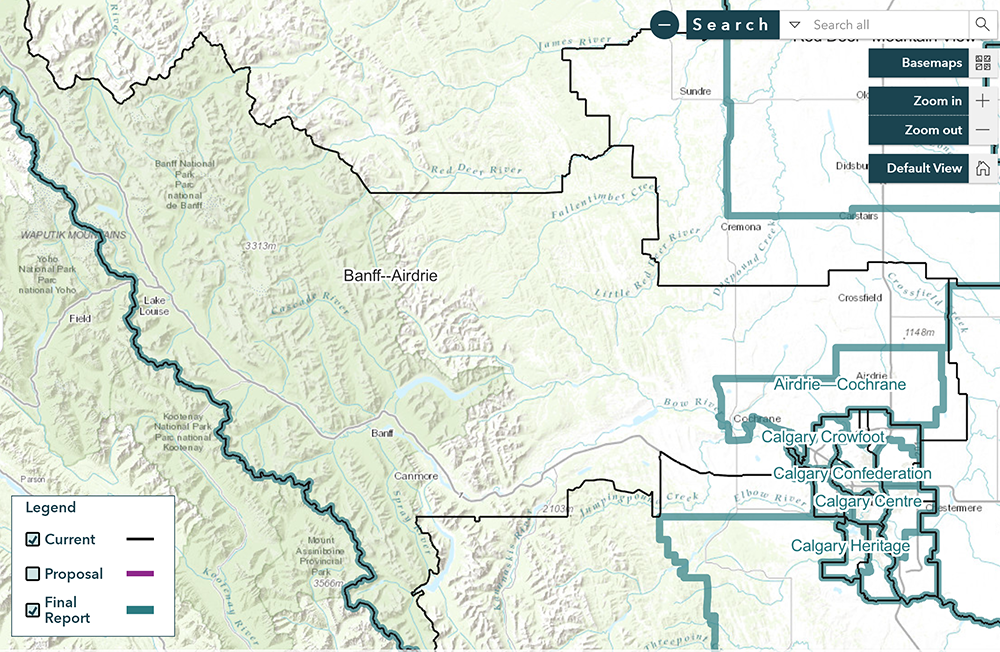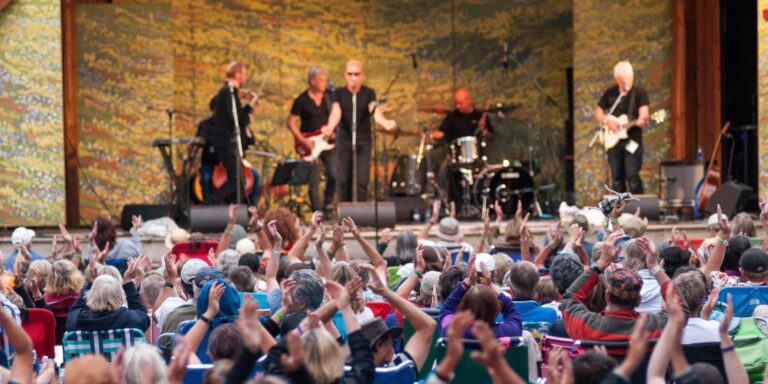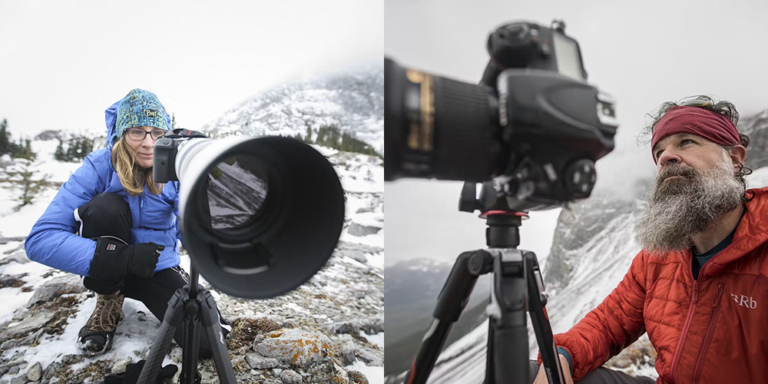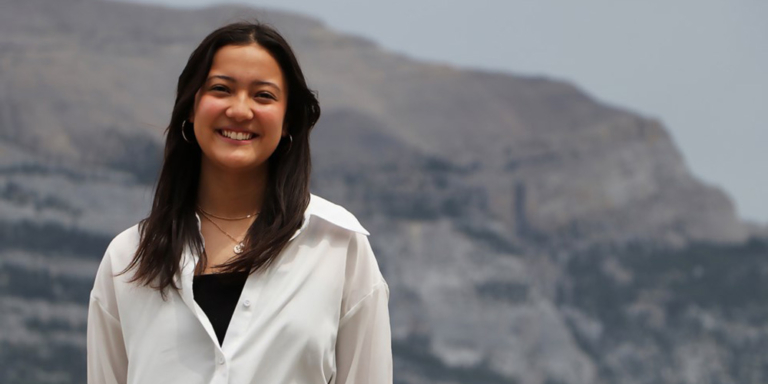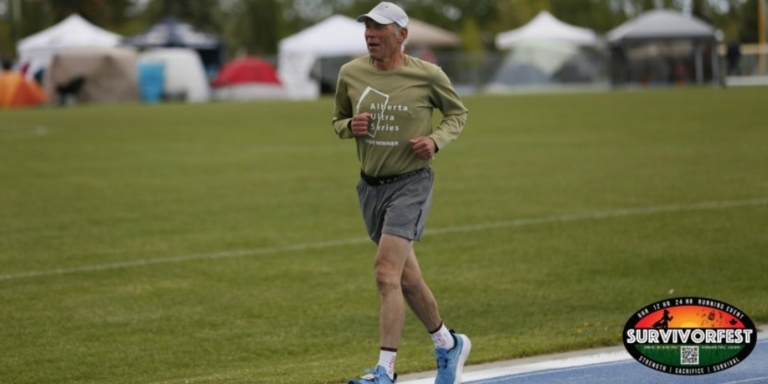As Albertans watch with horror the partisan shenanigans down south, we are reminded that having faith in the fairness of our elections matters.
The boundaries chosen for ridings can greatly impact who wins or loses.
With that in mind, the Federal Electoral Boundaries Commission has redrawn several federal riding boundaries in Alberta to align with population shifts and provide better representation.
The biggest change they recommended is including Banff and Canmore with Jasper and West Yellowhead County.
This change expands the Yellowhead electoral district’s geographical coverage while maintaining the name “Yellowhead” to honour the name’s historical significance.
The new configuration now includes the towns of Banff, Canmore and Jasper. It also will consist of Edson, Hinton, Grande Cache, Rocky Mountain House, Sundre, Caroline, Cremona, Carstairs, Crossfield, the summer villages of Burnstick Lake, Ghost Lake and Waiporous, the municipal districts of Bighorn No. 8, Clearwater County and Kananaskis Improvement District along with the reserves of Big Horn, O’Chiese, Stoney, and Sunchild.
At the heart of this boundary change is a commitment to uphold the legacy of the 19th-century yellow-haired Iroquois Metis guide Pierre Bostonais.
Known to have traversed the Rocky Mountains, his legacy is also commemorated by the pass named in his honour in Jasper National Park.
Initially, there was a push to rename the district as the Jasper-Banff-Canmore, but concerns emerged with that naming scheme.
Gerald Soroka, the Conservative MP for Yellowhead, told the Rocky Mountain Outlook, “If it was changed to Jasper-Banff-Canmore, then everyone thinks it’s just a mountain riding…”. He underscored the importance of including the broader range of communities within the region.
This shift in boundaries stems from the need to accommodate the growing populations of Alberta while trying to make sure each federal riding contains roughly 110,000 people.
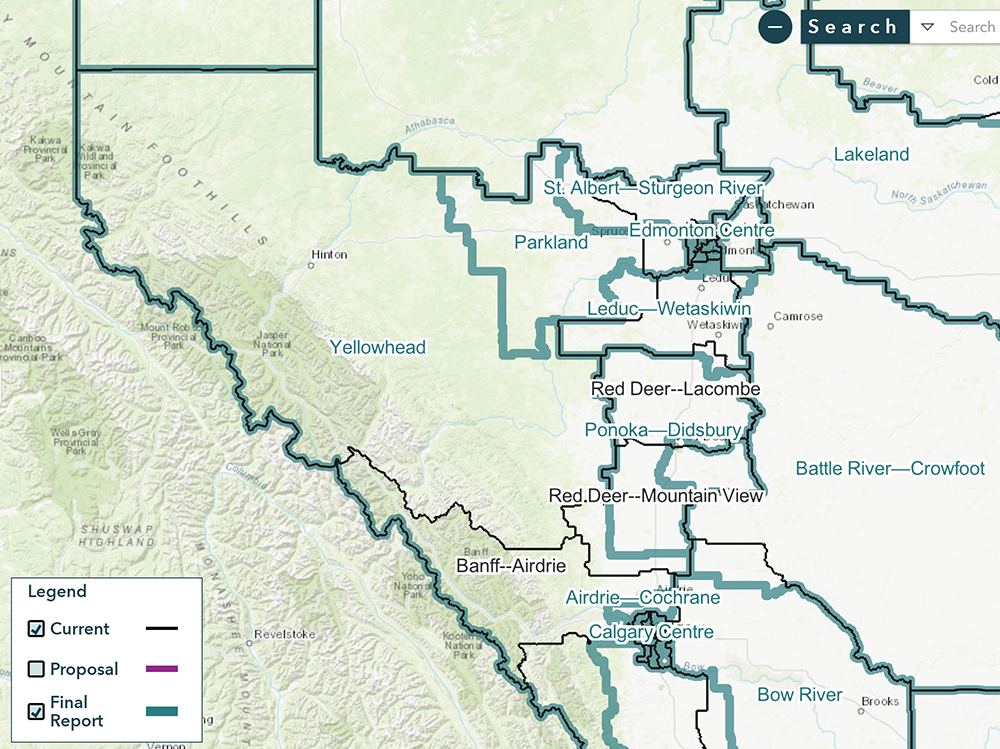

Are the proposed boundaries non-partisan, inclusive and fair?
Some critics see the changes as favouring the Conservative party because towns with a larger portion of progressive votes, like Canmore and Banff, are now lumped with towns like Rocky Mountain House, Sundre, Edson, Hinton and Grande Cache that historically have been strongly conservative.
But others have pointed out that the Federal Electoral Boundaries Commission process is non-partisan, remains impartial and listens to feedback from the affected communities.
The commission was tasked with splitting Alberta into 37 districts of roughly equal population while trying to group together communities with common interests and shared identity.
New Airdrie-Cochrane Riding
Interestingly, Banff and Canmore have been moved from their earlier association with the Banff-Airdrie riding, a stronghold for the federal Conservative Party where MP Blake Richards has dominated for years.
After considerable feedback and debate, the Commission created an Airdrie-Cochrane federal electoral district. The original proposal had Cochrane lumped in with Olds and Canmore, but feedback had the commission change the proposed riding boundary.
Representing the region, MP Blake Richards applauded this decision, emphasizing the close ties between Airdrie and Cochrane. They share common challenges of high population growth and have similar community interests, making united representation more effective.
Richards highlighted the broader implications of the change, telling the Cochrane Eagle, “The aim is to provide a fair and effective representation, resonating with the concept of “communities of interest.”
Blake Richards has won a federal seat in five straight elections with solid support from Airdrie and Cochrane, so it is no surprise that he is happy with the new riding boundaries.
The reshaped boundaries, awaiting final approval now, promise to represent Canada’s ever-evolving demographics and add another MP.
The changes might become effective as early as April 2024, but uncertainties remain depending on the timing of the next federal election.
Should a snap election happen before that time, the current 36 electoral districts will remain in place.
